Sławomir "Zbiok" Czajkowski: The Art of Masks and Hidden Realities
Discover the art of Sławomir "Zbiok" Czajkowski, a Polish artist who uses masks and street-inspired techniques to explore themes of identity, alienation, and hidden realities.

The Masks We Wear: Exploring Identity in Zbiok Czajkowski’s Work
Zbiok Czajkowski is a Polish artist who walks a tightrope between street art and contemporary painting, blending these worlds with a deftness that feels both rebellious and refined.


Zbiok: (left) Relax -> 27x30cm 2024 | Image Courtesy of the Artist
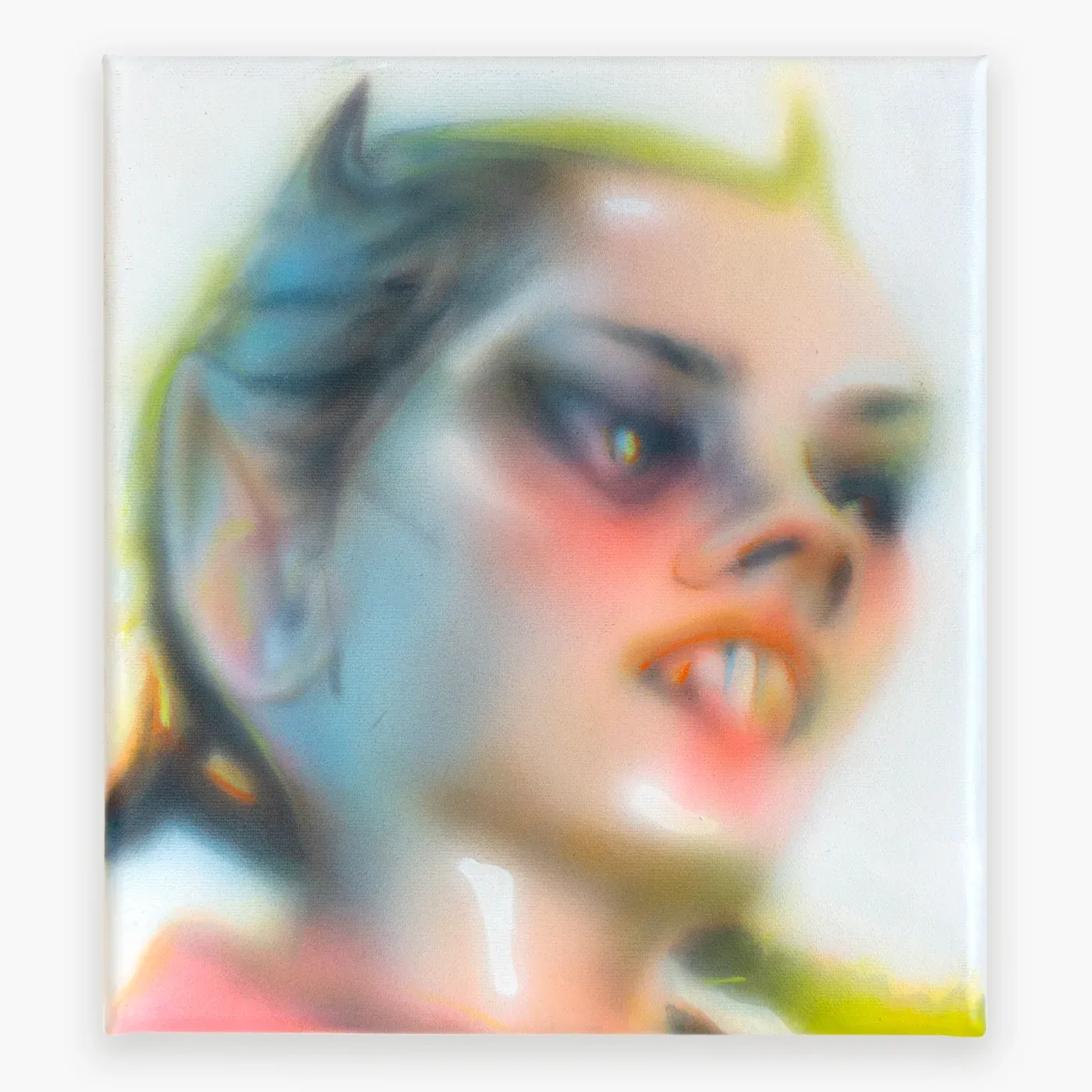
Born in 1982 in Zielona Góra, Poland, Czajkowski’s work reflects the gritty reality of the streets while exploring the subconscious fears and desires that lurk beneath the surface of everyday life.
"By putting on a mask, we can paradoxically be our truest selves."
He studied graphic design and art education at the University of Zielona Góra, where he was mentored by Professor Ryszard Wozniak.
Since then, he has participated in over 100 exhibitions globally, making a name for himself as a painter, muralist, and illustrator.

What makes Zbiok’s art resonate is his exploration of themes that are universally human yet often uncomfortable to confront.
His work dives into social inequality, violence, discrimination, and the alienation of individuals, but it does so in a way that is more about reflecting reality than judging it.
Czajkowski’s art feels like a conversation with the parts of ourselves we don’t usually like to talk about.
He’s not interested in painting a pretty picture; he’s interested in peeling back the layers to reveal what’s underneath.

Czajkowski’s latest series, "Scalps," exemplifies this approach. The paintings in this series aren’t just portraits; they are masks.
He uses the airbrush technique, a nod to his roots in graffiti, to create photorealistic images that aren’t meant to celebrate the people they depict.

More new faces in contemporary art to discover ->
Instead, they serve as effigies—shells that the artist manipulates to express his own emotions, desires, and beliefs.
For Czajkowski, the mask is a way to escape social norms and conventions.

By hiding behind it, he can speak more freely, more honestly, about what’s going on inside.
This idea of the mask is central to Czajkowski’s philosophy.
He believes that by putting on a mask, we paradoxically reveal our truest selves. The mask allows for a kind of liberation, a freedom from the expectations and judgments of others.
It’s a way of controlling how we are perceived while keeping our innermost thoughts and feelings hidden.
In this sense, Czajkowski’s work is as much about identity as it is about art. He’s asking us to consider how much of what we present to the world is real and how much is just a façade.
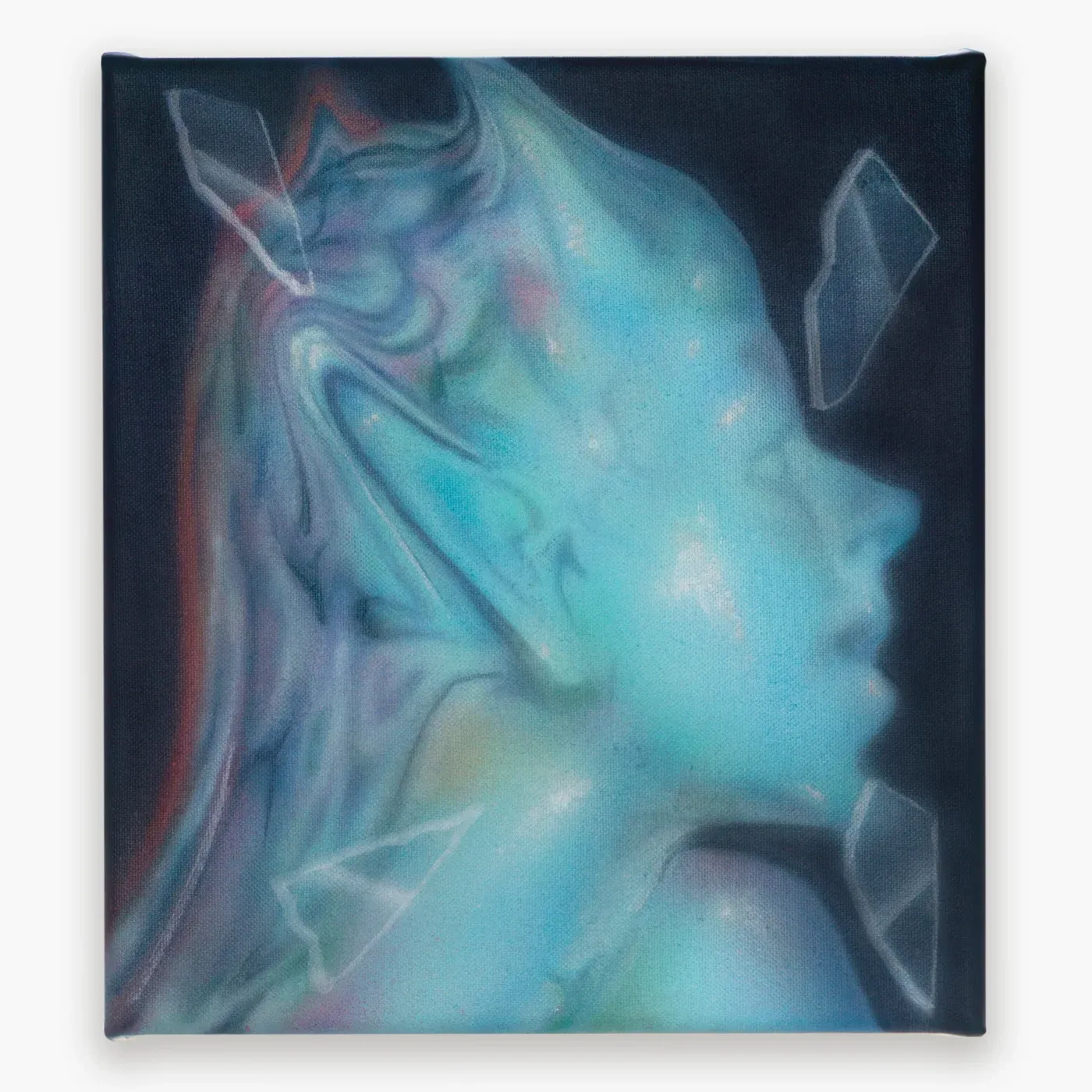

Zbiok: (left) Heart of Glass, 27x30cm 2024 (right) Ephemera, 27x30cm | Images Courtesy of the Artist



Zbiok: (left) Slipping through 27x30cm 2024 (right) Soft spoken changes nothing 27x30cm 2024 | Image Courtesy by the Artist
Czajkowski’s practice is heavily influenced by the subcultures of the early 1980s, particularly the punks, goths, and New York Club Kids.

Submit your work to get showcased on Munchies Art Club
These groups, known for their anti-establishment attitudes and willingness to embrace the weird and the different, serve as a source of inspiration for Czajkowski.
He admires their courage and sees them as kindred spirits in the quest to break free from societal constraints.

This influence is evident in the bold, often unsettling, imagery that characterizes much of his work.
I am not interested in beauty. I am interested in being weird, in improper, in expressing myself.
In terms of technique, Czajkowski is a master of the airbrush.
This tool, typically associated with graffiti and street art, allows him to achieve a level of precision and detail that brings his masks to life.
But it’s not just about technical skill. Czajkowski is also interested in the imperfections that come with the medium.

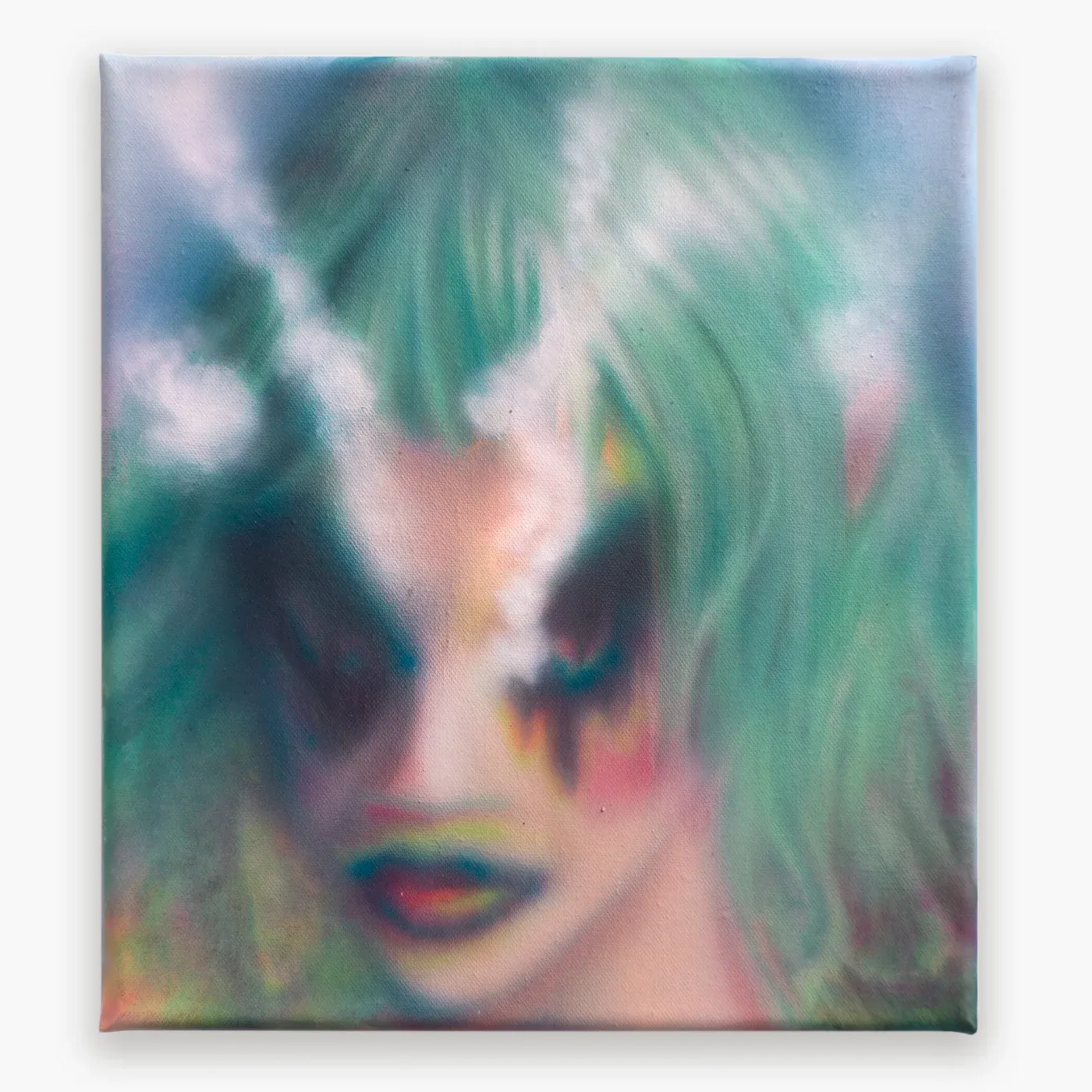
Zbiok: (left) This boy 27x30cm 2024 -> (right) My daddy 27x30cm 2024 | Image Courtesy by the Artist
He’s fascinated by the strange modifications and mistakes that can occur when creating art, particularly when using AI-generated images.
These imperfections are not something to be corrected but embraced. They add to the sense of unease, the feeling that there’s something just beneath the surface that we’re not quite seeing.
I literally cannibalize the found images to express my own emotions, needs, desires, and beliefs.
This focus on imperfection ties into another key theme in Czajkowski’s work: the idea of the secondary or tertiary face.
He’s not interested in the main characters, the people in the foreground. Instead, he looks for faces in the background—people who were caught by chance, not posed or polished.


Zbiok: (left) Braineater 27x30cm 2024 -> (right) The book of bad decisions 27x30cm 2024
These are the faces he uses as the basis for his masks. They are symbolically sanitized, stripped of extraneous emotions, so they can serve as a blank canvas for Czajkowski’s self-expression.
Exhibitions of Czajkowski’s work are as varied as his style. He has shown his art in places as diverse as Poland, Germany, Russia, the USA, Japan, India, China, Brazil, and the UK.

One of his most notable projects was the "Out of Sth" outdoor art biennial in Wrocław, which he co-curated from 2008 to 2014.

This biennial brought together street artists from around the world, creating a dialogue between different cultures and artistic practices.
Czajkowski has also been recognized with several awards, including the Grand Prix at the Geppert Young Painting Competition in 2010 and a scholarship from the Minister of Culture and National Heritage in 2011.
What Zbiok offers through his art is a way of seeing the world that is both deeply personal and universally relevant.


Zbiok: (left) Boys dont cry 27x30cm 2024 -> (right) Boys dont cry 2 27x30cm_2024 | Image Courtesy by the Artist
He challenges us to look beyond the surface, to consider what lies beneath the masks we all wear.
His work is a reminder that art is not just about beauty or aesthetics; it’s about confronting the parts of ourselves that we’d rather keep hidden.
And in doing so, Zbiok shows us that these hidden parts might just be the most important ones.
Wrap-Up
Zbiok’s work pushes us to confront the identities we hide behind, challenging the norms that shape how we present ourselves.

Through his art, he invites us to explore the complex layers of our own masks, revealing that what lies beneath may be the most authentic part of who we are.
Follow Zbiok on Instagram and visit and follow also his Graffiti Channel on Instagram.



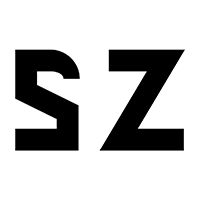
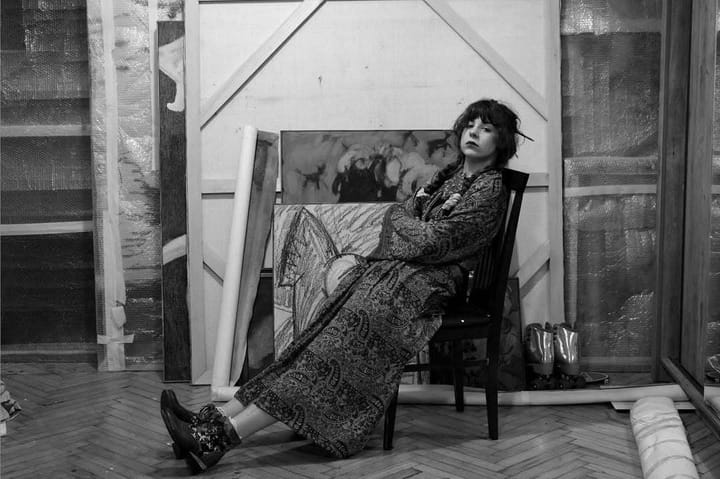


Comments ()